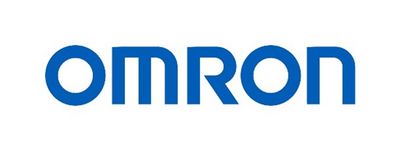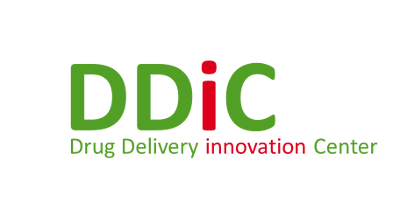INVITE Science Talk 2024 - Robotics
Topic: Cognitive Robotics
10th of December, 4pm GMT
In cooperation with:


The journey of industrial robots began more than 60 years ago, when the patent for the first industrial robot was filed and the first installation took place in an automotive factory in the USA. Since that time, several new kinematic types have come onto the market, developed according to specific application requirements such as reach, payload, speed and precision.
A significant next step in the development of industrial robots was the introduction of collaborative robots (cobots) with the aim of relieving humans of repetitive and unhealthy tasks.
How will the journey of robotics continue?
Robotics today is very flexible when we look at the mix of products manufactured. In addition to robots, intelligent sensors and cameras offer excellent additional functions for robotic applications. The remaining challenges in robotic applications are the long time needed for application development, the need for skilled labour for modifications and the fact that robots are not flexible in their use.
In the future, we will have to expand the approach to robotics. Robots must be product-independent systems and be easy to use in applications.
The automation company Omron is working with its robotics business unit and a partner to develop a cognitive robot. The development will integrate technologies such as a camera, microphone, speaker and AI into a highly flexible robotic arm, with the aim of creating an open architecture that supports different types of users.
Imagine a robot already equipped with various capabilities prepared for typical applications, so that the operator only needs to tell the robot what tasks to perform. Gesture recognition and voice commands complete the interaction with the operator. In addition, the new robot can recognise changes to the products to be handled and in the environment and react directly to them.
About Omron
OMRON Corporation is a global leader in the field of automation based on its core technology of "Sensing & Control + Think". OMRON's business fields cover a broad spectrum, ranging from industrial automation and electronic components to social systems, healthcare, and environmental solutions. Established in 1933, OMRON has about 30,000 employees worldwide, working to provide products and services in around 120 countries and regions. For more information, visit OMRON's website http://industrial.omron.eu


